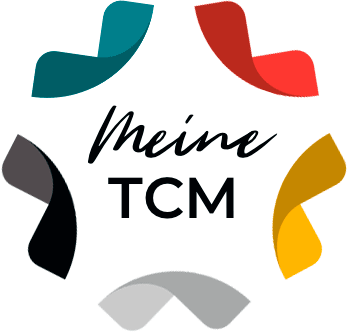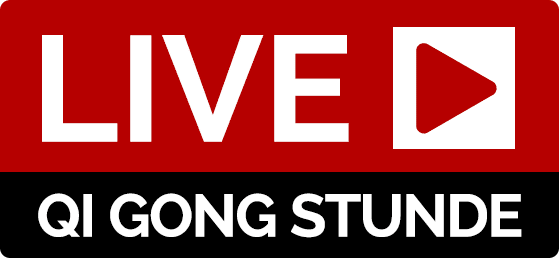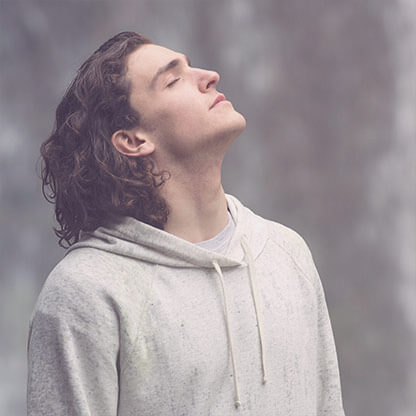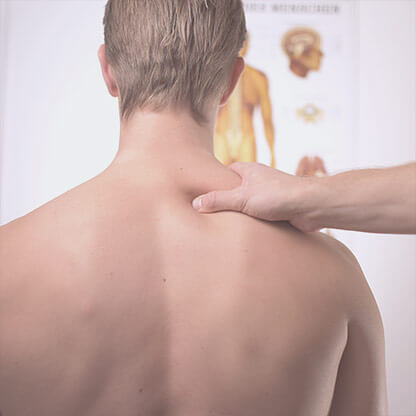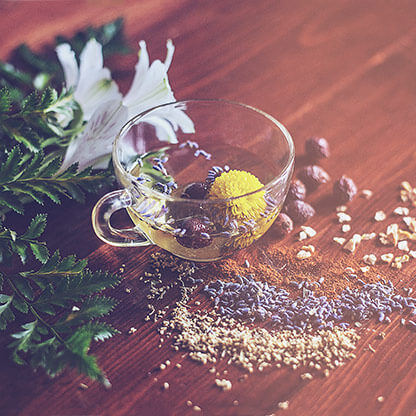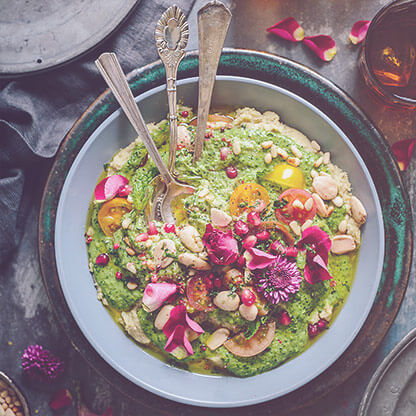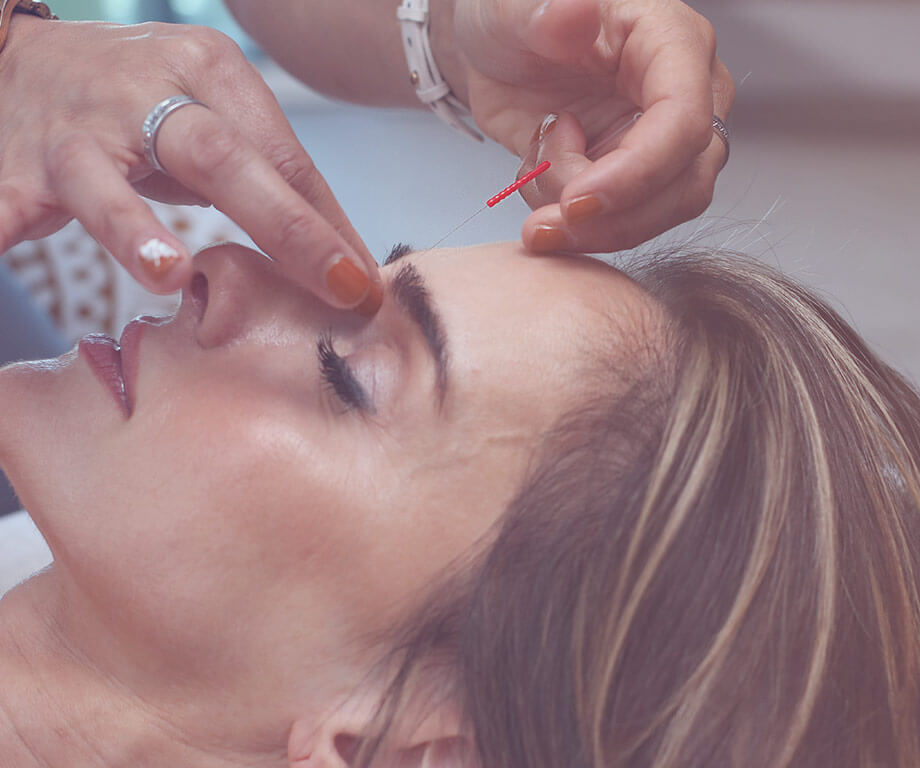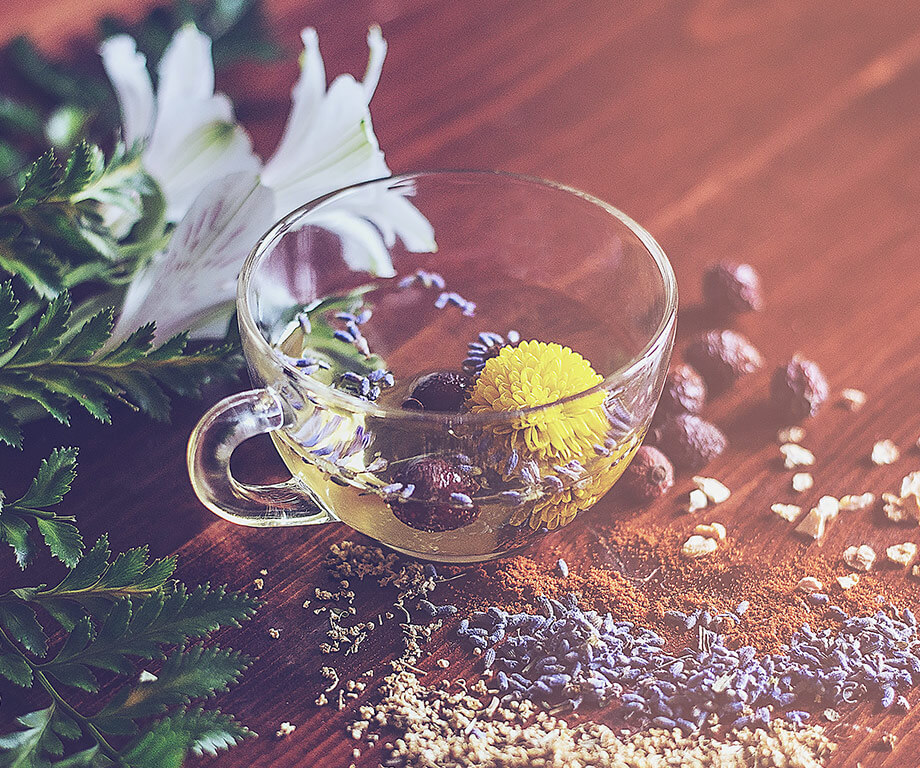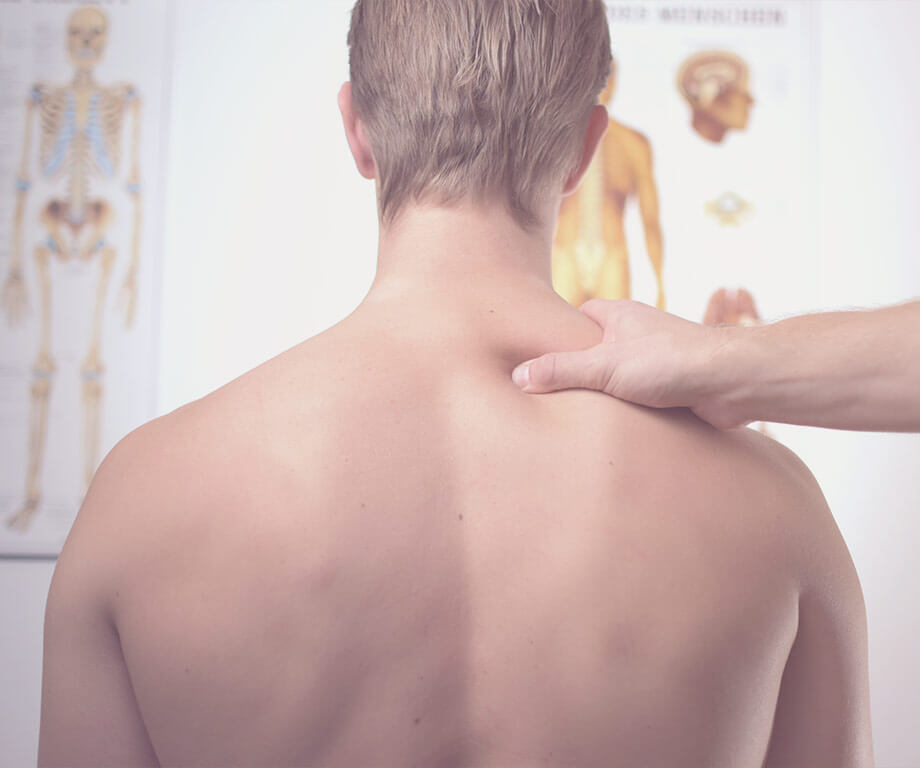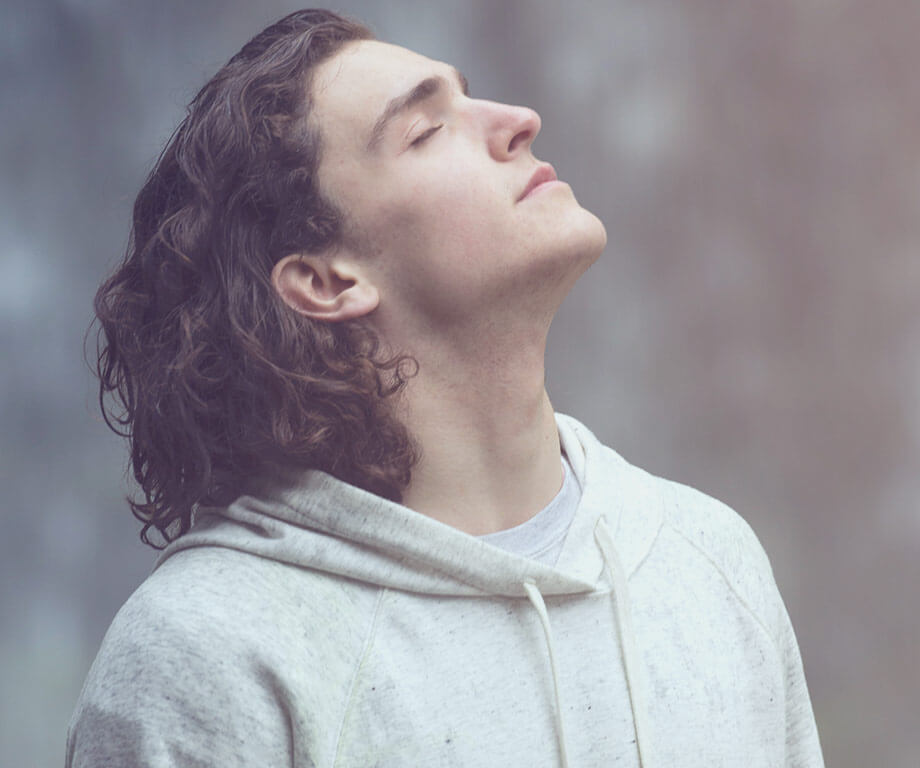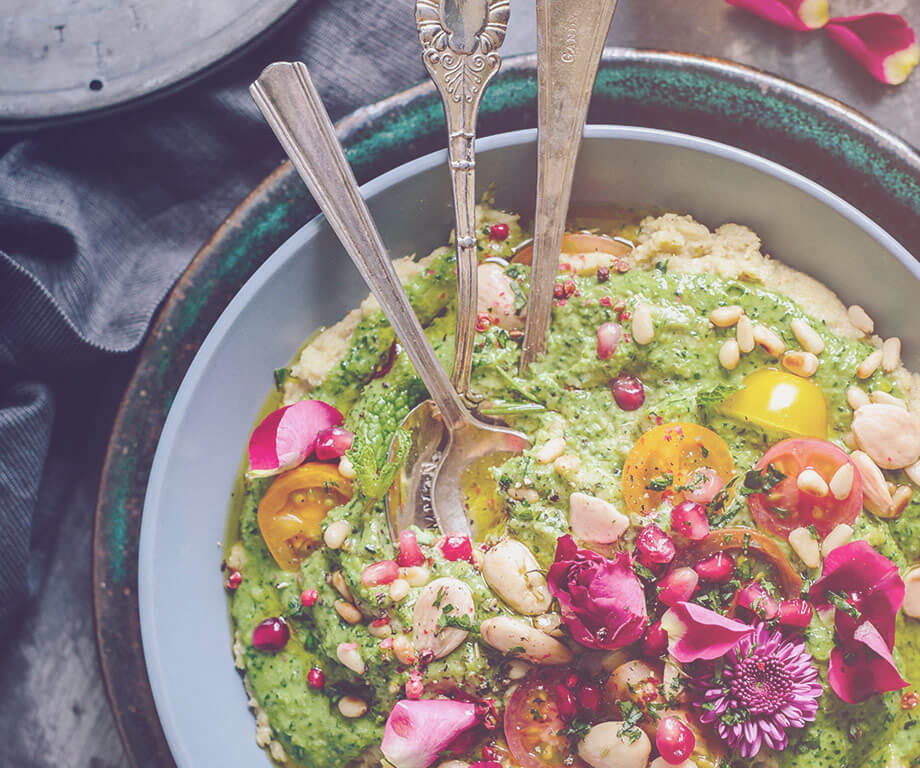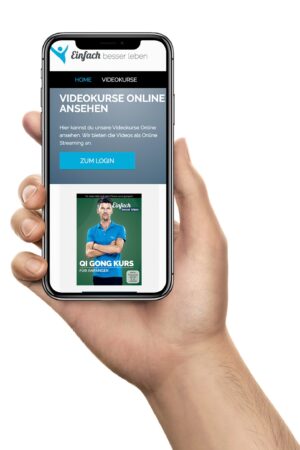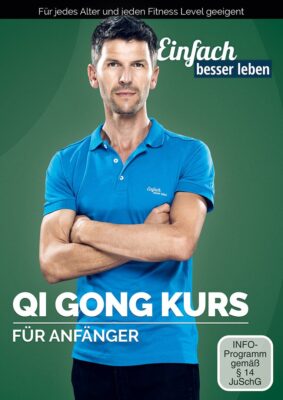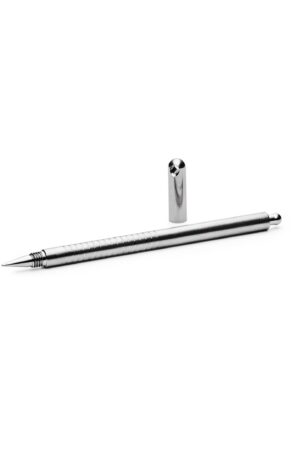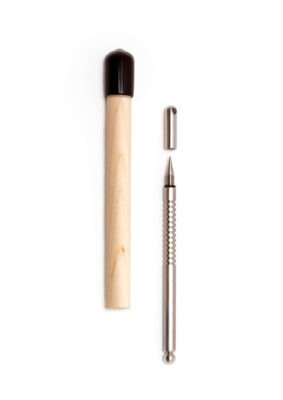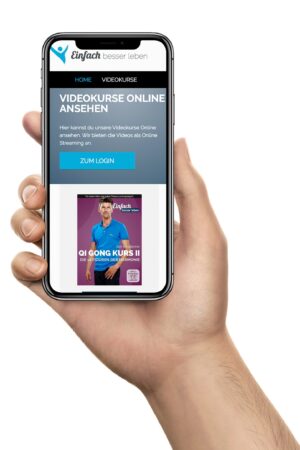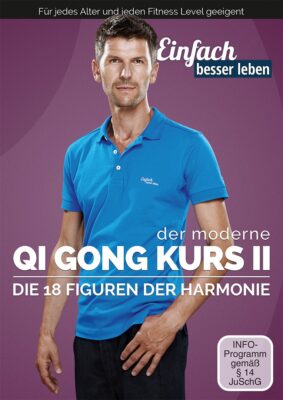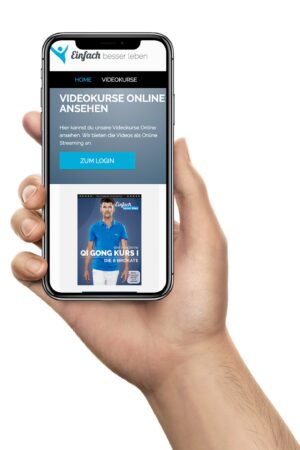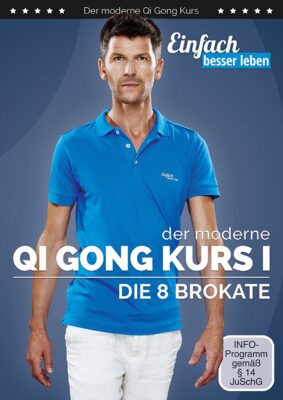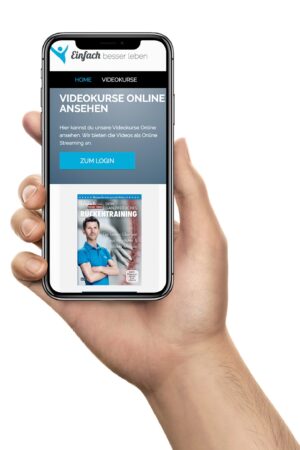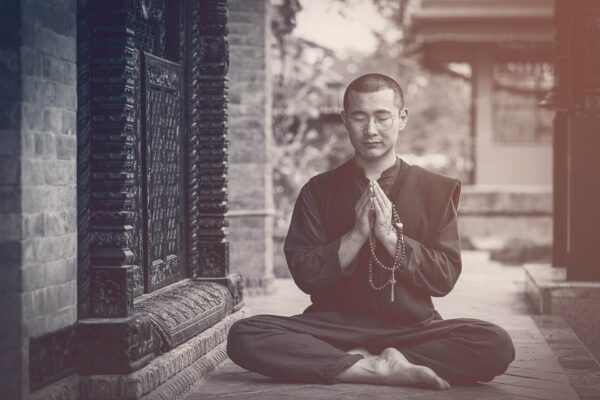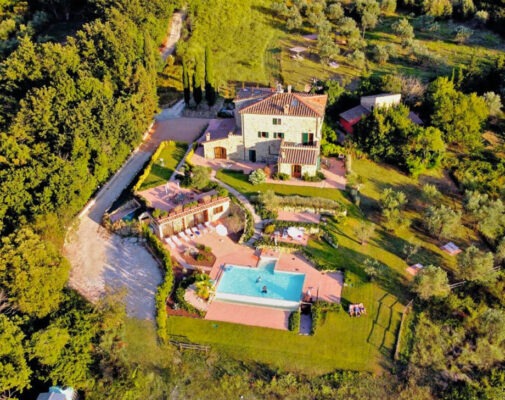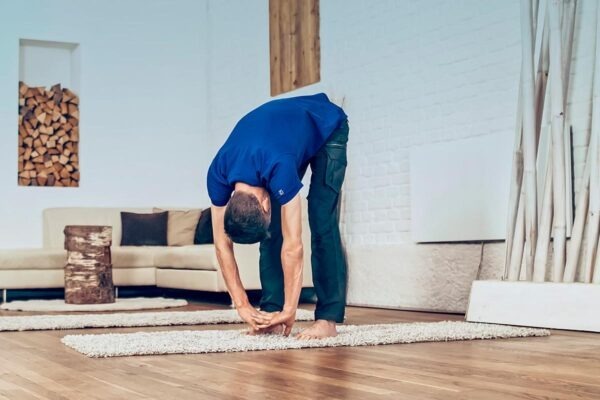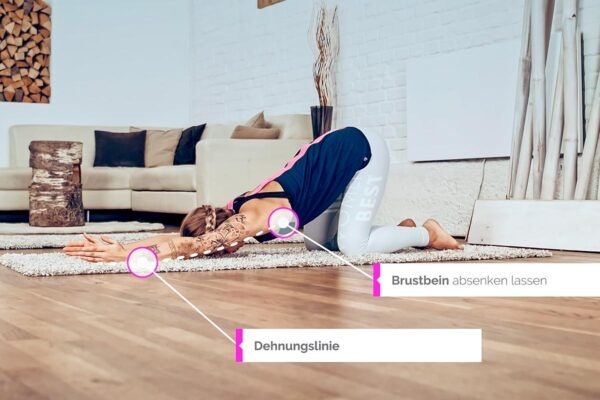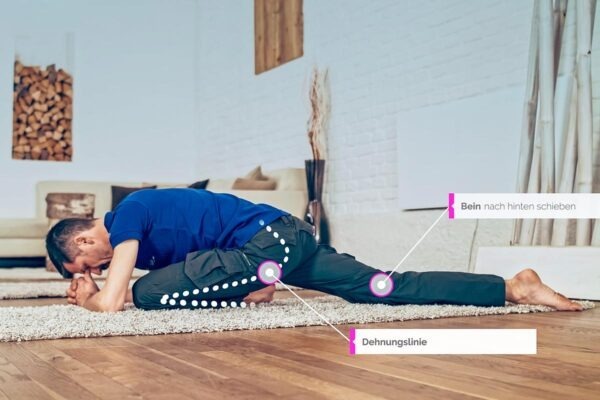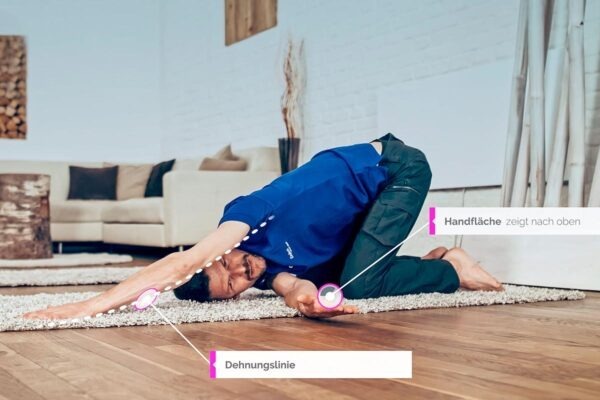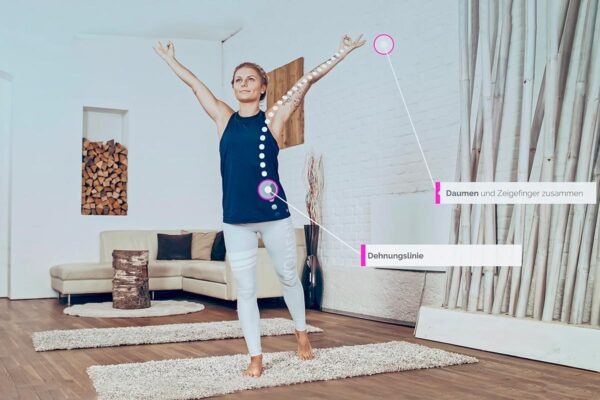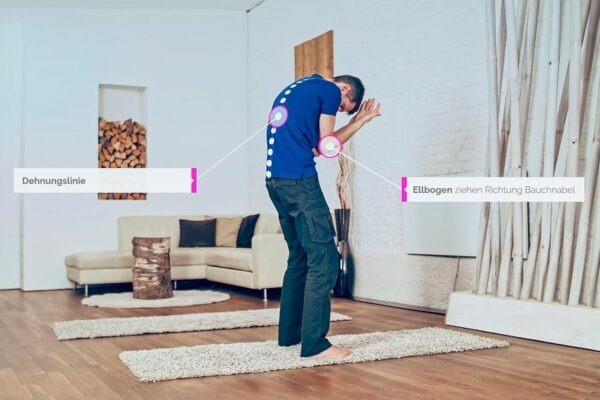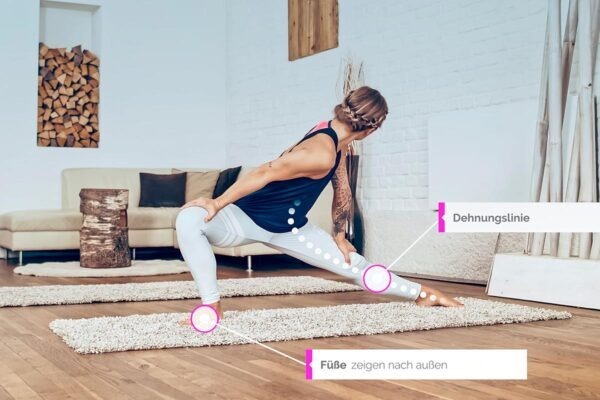Video: Traditional Chinese Medicine Explained
There are 5 basic pillars Or therapeutic methods on which TCM is based. These are:
- the Acupuncture, i.e. therapy with needles.
- herbal therapy, which is carried out with various natural Chinese herbs strives for a harmony between Yin and Yang and the 5 elements.
- the massage or Acupressurewhich is activated by finger pressure on Acupuncture Points the life energy Qi to the Meridians brings back into flow.
- The fourth pillar is the Qi Gong, a movement art that translates as, "working with the energy of life".
- Last "but not least" the Nutrition, here in particular according to the principles of the 5 elements.
The five pillars complement each other perfectly and together form a harmonious and holistic system. When they are carefully coordinated, they open up the potential to make a significant contribution to people's health and quality of life. This synergetic combination allows the individual elements to develop their full effect, leading to a significant increase in well-being and holistic health promotion. This promotes not only physical, but also mental and spiritual balance, which is essential for a fulfilled and healthy life. Taken together, these five pillars enable a comprehensive view and treatment of the individual, with the well-being of the individual at the center.
All things have the feminine behind them and the masculine in front of them. When masculine and feminine unite, things come into harmony.
The 5 pillars of Traditional Chinese Medicine explained
The 5 pillars of TCM
Acupuncture
Our life energyQi flows in the body along meridians. If the flow in these meridians is disturbed, blockages occur and, as a result, diseases can arise. Acupuncture resolves such disturbances by inserting needles into acupuncture points, which cause the Qi to flow again.
The 5 pillars of TCM
Herbal therapy
Plants and minerals form the basis of Chinese herbal therapy. This pillar is called the queen of TCM, because it has a very powerful effect on the body when used correctly. Nowadays there are modern ways to take the herbs, which are very easy to use in everyday life.
The 5 pillars of TCM
Acupressure
Massage has been used in TCM for thousands of years as a natural form of treatment. In Tuina, the Chinese healing massage, blockages and hardenings are released by kneading, stroking, grasping and tapping. In acupressure, precisely defined acupressure points are worked on by means of pressure.
The 5 pillars of TCM
Qi Gong
Body and breathing exercises are very common in the eastern culture. Qi Gong means "working with the energy of life". These are special physical exercises that, together with conscious breathing, vitalize the body as a whole by stimulating the Qi. These exercises are very easy to perform, regardless of age.
The 5 pillars of TCM
Nutrition
Nutrition according to the 5 elements, is a simple way to balance your energy 3 times a day. Let your food be your medicine is the guiding principle here. When the rest of the pillars are supported by a good diet, a person's recovery and healing is much easier. Food is one of the most important sources of energy for man.
Our most popular products
Back pain
More articles about TCM
